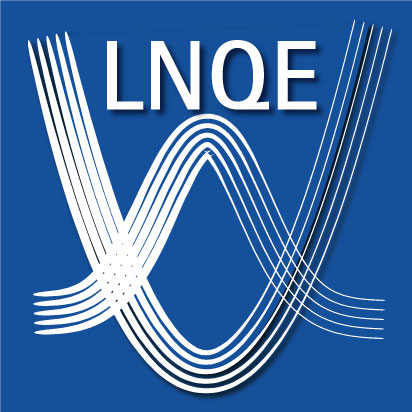Magnetic nanoparticles as building blocks for functional materials and as carriers in medical applications
PD Dr. Oleg Petracic
Forschungszentrum Jülich und Heinrich Heine Universität Düsseldorf
Dienstag, den 04.06.2024 um 09:30 Uhr
Seminarraum R001 des LNQE-Forschungsbaus (Gebäude 3430), Schneiderberg 39, 30167 Hannover
Eingeladen von Prof. Rolf Haug (Festkörperphysik)
Abstract:
In recent decades, there has been considerable interest in synthesizing, characterizing, and modeling magnetic nanoparticles. This interest stems from the wide array of practical applications. Moreover, magnetic nanoparticles serve as model systems for fundamental scientific studies. E.g. ensembles of well-defined monodisperse nanoparticles function as building blocks for innovative material types [1]. Understanding the properties of individual particles and their ensembles is hereby crucial. The physical properties of nanoscale magnetic systems result from finite-size effects and dipolar magnetic interactions between particles [2,3]. Proximity between different types of particles or between particles and the supporting substrate can lead to various effects, such as exchange bias or magneto-electric coupling effects [4].
In the second (shorter) part of this talk, I will present our recent research on thin films of complex oxides. These oxides display multiple phenomena, including various types of magnetism, superconductivity, colossal magnetoresistance, and ferroelectricity. Specifically, the presence of oxygen vacancies can result in large ionic conductivities. We study epitaxial thin films of La0.7Sr0.3MnO3-δ. Through in-situ X-ray diffraction, we can track the structural transitions that occur during thermal annealing. Gradual release of oxygen causes a topotactic phase transition from the initial, ferromagnetic Perovskite structure to an antiferromagnetic Brownmillerite structure [5].
[1] S. Bedanta, O. Petracic, W. Kleemann, Supermagnetism, Handbook of Magnetic Materials, Ed. K.H.J. Buschow, Volume 23 (2015)
[2] O. Petracic, Superlatt. Microstr. 47, 569 (2010)
[3] D. Mishra, D. Greving, G. A. Badini Confalonieri, J. Perlich, B.P. Toperverg, H. Zabel, O. Petracic, Nanotechnology 25, 205602 (2014)
[4] L.-M. Wang, O. Petracic, E. Kentzinger, U. Rücker, Th. Brückel, Nanoscale 9, 12957 (2017)
[5] L. Cao, O. Petracic, P. Zakalek, A. Weber, U. Rücker, J. Schubert, A. Koutsioubas, S.Mattauch, Th. Brückel, Adv. Mater. 31, 1806183 (2019)








